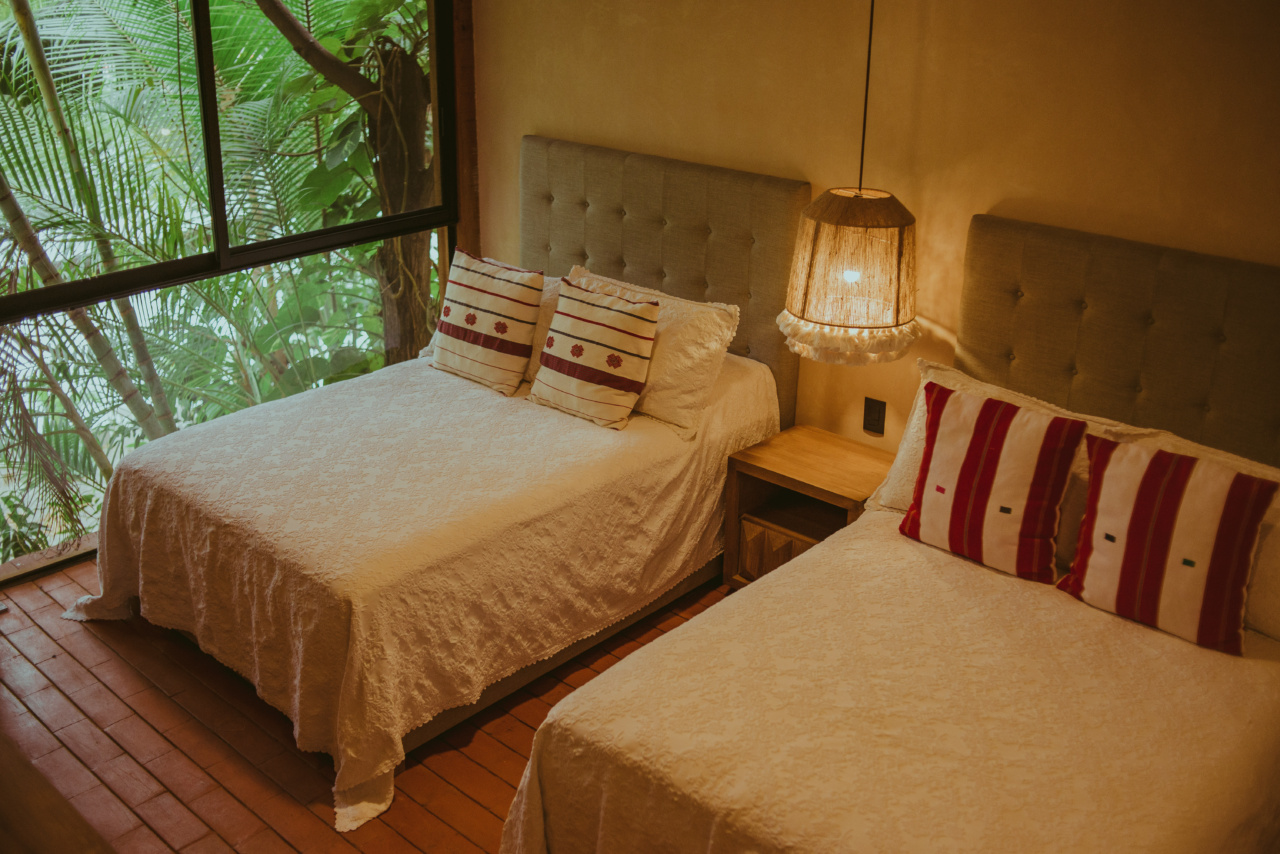Solarium tanning beds are popular among individuals who wish to acquire a tan without being exposed to the sun’s harmful rays.
According to the American Academy of Dermatology, regular use of indoor tanning beds can significantly increase the risk of skin cancer, including melanoma, the deadliest form of skin cancer.
The Need for Stricter Guidelines for Solarium Tanning Beds
Despite the known health risks associated with indoor tanning, many people continue to use these tanning beds regularly.
This is largely due to the fact that the guidelines and regulations governing these tanning beds are not as strict as they should be.
While some countries, such as Brazil and Australia, have banned commercial indoor tanning altogether, most countries still allow these businesses to operate.
However, there is a growing awareness of the need for stricter guidelines and regulations for solarium tanning beds.
The Current Guidelines for Solarium Tanning Beds
The current guidelines for solarium tanning beds are set out by the International Commission on Non-Ionizing Radiation Protection (ICNIRP), which is an independent organization that sets guidelines for the safe use of devices that emit non-ionizing radiation, including tanning beds.
These guidelines recommend that the maximum exposure to UVA radiation from solarium tanning beds should be no more than 0.3 J/cm2 (joules per square centimeter) per session, which is equivalent to approximately 20-30 minutes of sun exposure.
However, these guidelines are not legally binding and are often ignored by some tanning bed operators.
The Potential Health Risks Associated with Solarium Tanning Beds
The potential health risks associated with solarium tanning beds are significant. Exposure to ultraviolet (UV) radiation from these tanning beds can cause skin damage, including sunburn, premature aging, and an increased risk of skin cancer.
According to the World Health Organization, the risk of developing skin cancer increases by 75% when individuals start using tanning beds before the age of 30.
In addition, a study published in the Journal of the American Academy of Dermatology found that indoor tanning is directly responsible for approximately 419,000 cases of skin cancer in the United States every year.
The Need for Stricter Guidelines for Solarium Tanning Beds
There is a growing recognition of the need for stricter guidelines and regulations for solarium tanning beds.
Governments and health organizations around the world are calling for tighter controls on tanning bed operators, including mandatory warning labels, age restrictions, and educational campaigns to raise awareness of the potential risks associated with these tanning beds.
In addition, there is a need for better enforcement of existing regulations, as many tanning bed operators are not adhering to the current guidelines set out by the ICNIRP.
This can be achieved through regular inspections and penalties for non-compliance.
Conclusion
Solarium tanning beds are a significant health risk for individuals who use them regularly. The potential risks associated with these tanning beds include an increased risk of skin cancer, premature aging, and other skin damage.
The current guidelines for these tanning beds are not sufficient to protect individuals from these risks, and there is a growing recognition of the need for stricter regulations and guidelines to be put in place, including mandatory warning labels, age restrictions, and educational campaigns to raise awareness of the risks associated with these tanning beds.





























